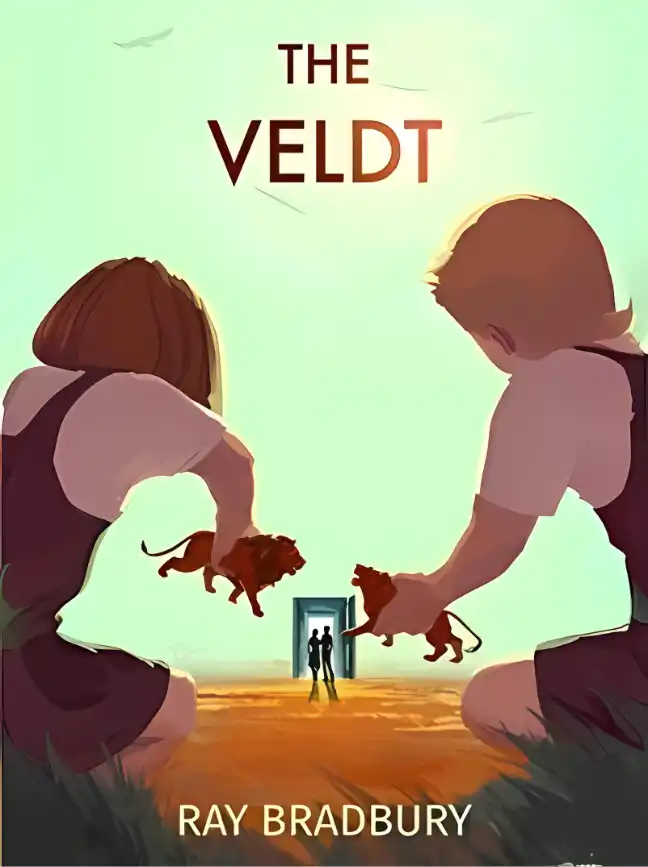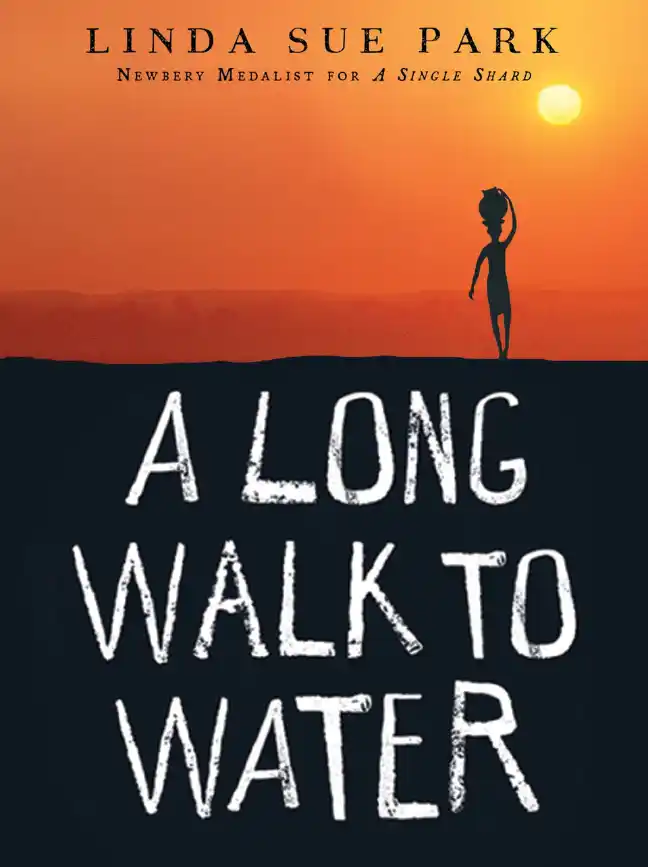Dave and Debbie’s home office is inside a partially converted double garage. It’s windowless and stuffy and there’s the waft of a sickly sweet cinnamon scent coming from a plug-in air freshener under the desk. The breeze- block interior has been whitewashed, giving it an even more sterile feel than if they’d left it grey. It’s large enough to fit three cars, two side by side and one in front. In one section they store gardening tools like a lawnmower and hedge trimmer, and on the wall there are shelves for things like plant pots, secateurs and, bizarrely, what looks like a hunting knife.
Sonny is fast asleep so I’ve left him in his playpen in the kitchen. I tell myself that he’s safe and I’m right next door and will hear him if he wakes up.
There’s a line of dark-grey filing cabinets stacked along one wall, a chunky desktop computer, plastic filing trays and a line of shelves containing black ring binders. The other half of the room is packed to the ceiling with plastic containers and cardboard boxes, each labelled by name or by content. Some I recognise as belonging to Finn and me, but the majority of cardboard boxes are Debbie and Dave’s.
I have no idea what I’m searching for, beyond anything that might give me more information or a better understanding of my father-in-law. His filing cabinets are the most organised part of this space so they feel like as good a
place to start as any. I open each drawer and most contain historic invoices. Debbie is clearly old-school when it comes to organising Dave’s accounts and prefers to keep them in a physical format rather than convert them into spreadsheets and store them in a desktop folder.
I turn on the computer but it’s password-encrypted. I try the predictable combinations of names and dates of birth but I switch it off when I’m locked out. My attention moves towards the boxes of Finn’s and my stuff for a moment. They’re a bleak reminder that we still don’t have anywhere of our own to store their contents. I’m tempted to flick through a book I find of our Maldives wedding photographs but stop myself. Images of happier days are only going to depress me.
I pick up an unlabelled box, which contains old road maps of towns from across the country and letters and invoices typed on yellowing paper. The dates start in the late 1940s and finish in the mid-1950s. Letterheads mention something about leather and luxury travel imports. How does this relate to Finn’s family? Attached to one invoice with a paperclip is a scrap of typed paper with an address. I take a photo of it on my phone and replace the box where I found it and delve into another.
This box holds a trove of Finn’s old toys and books—a battery-free Tamagotchi, a robotic dog, a Stretch Armstrong, and some plastic dinosaurs. Sometimes, it’s easy to forget that your partner had a life before you and to assume they entered your world fully formed. For a moment, I find myself feeling a bit more understanding toward him. I know he genuinely wants the best for me, but his way of showing it has been a bit awkward. Maybe I’ve been too hard on him. Perhaps my current mood is driving me to spread my own unhappiness to those around me.
I step into the house to check on Sonny, who is still sound asleep, curled up like a little ball with his head resting on a Cookie Monster plush. My conscience nudges me, reminding me this doesn’t count as spending more time with him, but it’s still his nap time, no matter where we are.
In the garage, behind Finn’s container, I discover a battered, water-damaged cardboard box. I sift through the soggy papers and schoolbooks, many of which are stained and partially illegible. But I can make out Dave’s name on one of them. Most of his grades are Es, with a few Us mixed in. The comments from his teachers echo the same sentiment: Dave barely shows up; his reading and writing skills are poor, so he’s been placed in what they call a “remedial class.” I can’t help but wonder how much of that stigma has followed him into adulthood.
I come across a handwriting practice book. The water damage has erased his name from the cover and the first few pages, but the exercises start with the alphabet and progress to simple words. The back of each page is indented, as if he pressed hard with the pen. There’s something oddly familiar about his handwriting—his M, the backward S, and the double bars through the E. I keep flipping through the book and another one, trying to figure out why it feels so recognizable.
Tracing the letters with my fingertip, it suddenly hits me like a revelation, almost knocking me off my feet.









